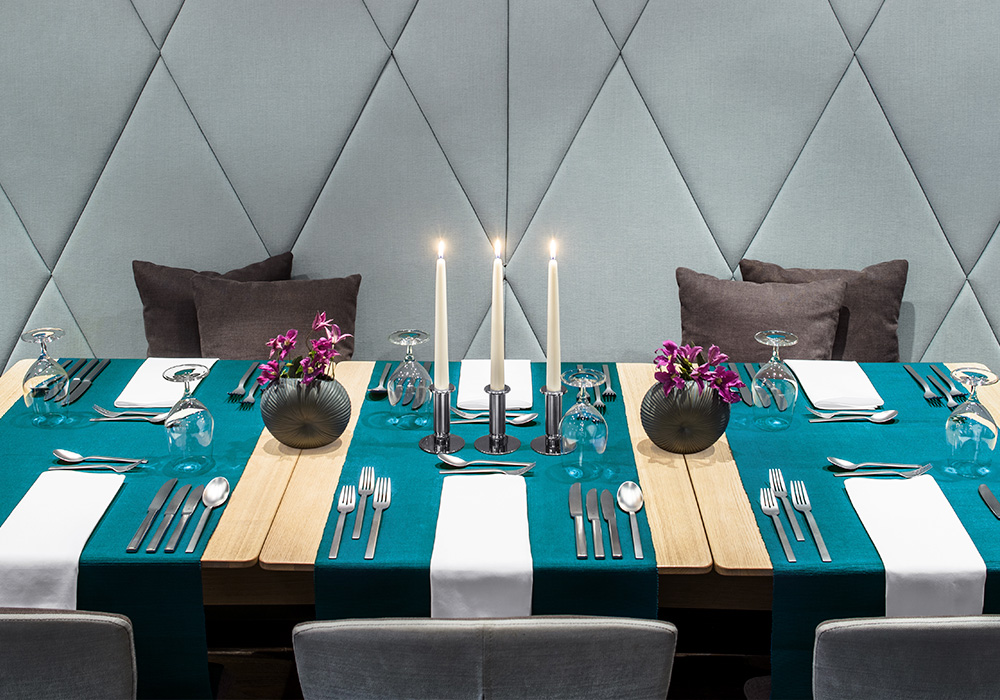After the company was founded in 1853, product design was dominated by the historical style that was common at the time. The tableware was splendid and could certainly combine different styles in the overall decoration. The WMF workshop in particular picked up on the ornaments handed down from Renaissance, Baroque and Rococo eras. In Geislingen, they didn’t necessarily stick rigidly to the pattern sheets, but left the designers considerable freedom. Towards the end of the century, however, a fresh style became established throughout Europe, heralding a new era in the history of art: Art Nouveau. The formal language of this era included elegantly curved lines, floral designs and deliberate asymmetries. Particularly striking: the compulsion to cover every surface with a decoration, the "horror vacui", disappeared. Now the swing of the line and the liveliness of the presentation were extremely important in the design of WMF products.
The Golden Twenties
In the "Roaring Twenties", a matter-of-fact style reduced to certain basic forms gradually prevailed. Art Nouveau items began to disappear from the range and WMF founded the "Neue Kunstgewerbliche Abteilung" (NKA), its new artistic department. Within the NKA, renowned designers such as Fritz August Breuhaus, Richard Riemerschmid and Paul Haustein created small and exclusive collections. They had a great deal of freedom to experiment, which led to the development of new craft techniques. Thanks to these collections, the WMF glassworks also gained in importance. Whereas the latter had previously only produced glass inserts for metal goods, it now produced independent glassware which achieved artistic historical significance in the field of coloured glass. At the end of the twenties, materials such as Cromargan® paved the way for completely new design possibilities.
Reduced to the minimum
The years of the economic miracle at WMF were significantly influenced by the close cooperation with Bauhaus student Wilhelm Wagenfeld. His aim was to produce forms whose beauty was to be determined by their functionality. During this time numerous design classics were created, such as the "Max and Moritz" salt and pepper shakers and the Stockholm cutlery model designed by Gordon Fraser/Kurt Mayer. Since then, many important internationally active design personalities have enriched the WMF product world with their imagination and creativity.
Design becomes truly international
Since the mid-1980s, WMF has consistently followed this path. Several design workshops led to the repeated involvement of international luminaries from the world of design. Matteo Thun from Italy, the Japanese designer Makio Hasuike, Pierre Cardin from France, the Dane Ole Palsby and the Spaniard Josep Lluscá are just some of the designers who have since then had a decisive influence on WMF products. WMF Professional thus creates the connection between the exclusive demands on the quality of the dishes, the laid table and the interior. As the design combines "table culture. enjoyment. experience."










